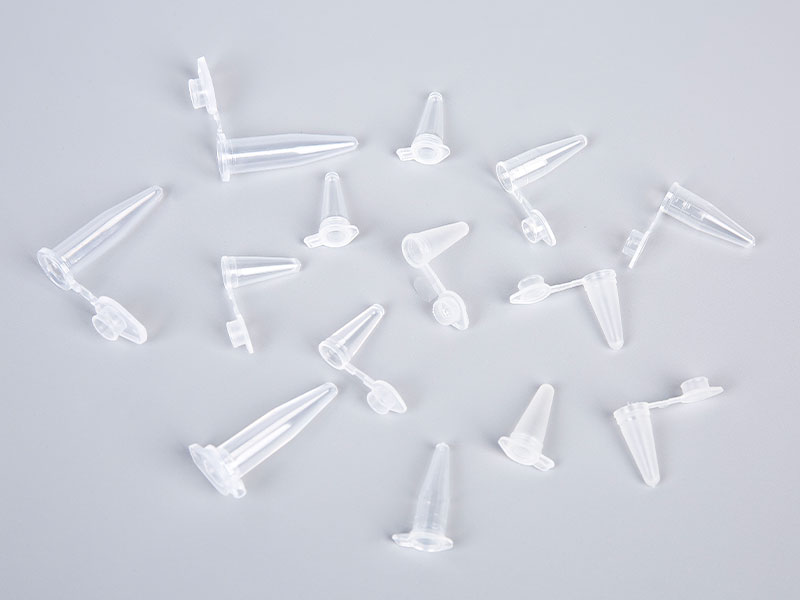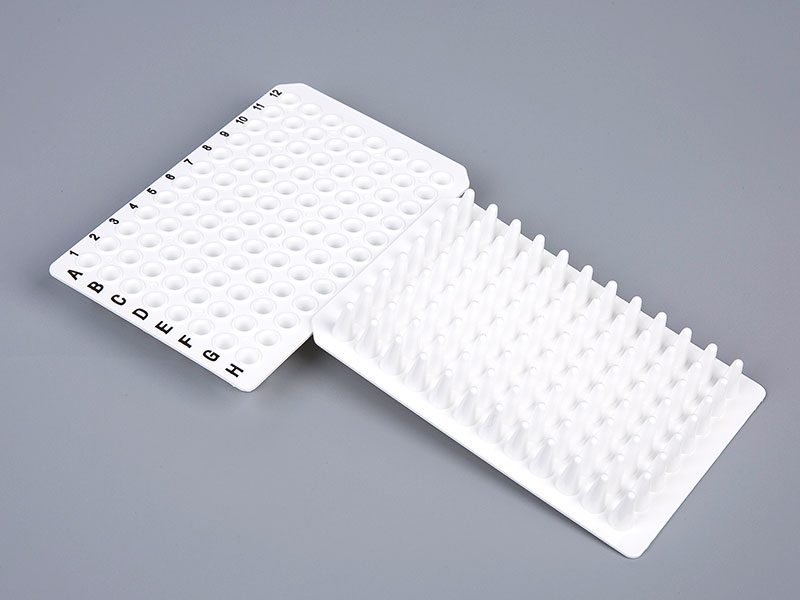Home / News / Industry news / How do electronic pipettes differ from manual pipettes in their operation?
How do electronic pipettes differ from manual pipettes in their operation?
Date:2024-02-18
Electronic pipettes differ from manual pipettes primarily in how they dispense and measure liquid volumes. Here's how they typically differ in operation:
Dispensing Mechanism: Electronic pipettes use a motorized system to aspirate and dispense liquid, while manual pipettes rely on manual manipulation of a plunger or button.
Volume Selection: Electronic pipettes usually have a digital interface where users can input the desired volume directly, whereas manual pipettes have a physical dial or plunger that must be adjusted to set the volume.


Precision and Accuracy: Electronic pipettes often offer greater precision and accuracy in volume delivery due to their automated mechanisms and digital controls. They can dispense precise volumes consistently, which is especially beneficial for tasks requiring high accuracy.
Programming and Memory: Some electronic pipettes offer programmable features, allowing users to save frequently used settings or create custom pipetting protocols. This can streamline repetitive tasks and ensure consistency across experiments.
Ergonomics: Electronic pipettes may feature ergonomic designs with comfortable grips and reduced hand strain, as the motorized operation reduces the physical effort required compared to manual pipettes.
Dispensing Modes: Electronic pipettes may offer various dispensing modes, such as repetitive dispensing, mixing, and reverse pipetting, which can be useful for specific applications like serial dilutions or sample mixing.
User Interface: Electronic pipettes typically have a display screen where users can view settings, volume readings, and other relevant information, providing real-time feedback during pipetting procedures.
Battery or Power Source: Electronic pipettes require power to operate, usually from rechargeable batteries or direct connection to a power source, whereas manual pipettes do not require external power.
For more information, please call us at +86-0571-87993109 or email us at hzbioland@126.com.
Tel:+86-0571-87993109
Email:hzbioland@126.com
Recommend
How Filtration Speed Affects Sample Integrity in High-Volume Tasks
23 /12
Aseptic vacuum filters, like Bioland™ disposable vacuum filtration units, are designed for high-effi...
Maximizing Filtration Efficiency: The Role of Pore Size and Membrane Material in Microbial Retention
19 /12
Whether used in the food hygiene industry, water monitoring, or research labs, selecting the right m...
Using Reagent Bottles Safely for Reactive Chemicals
12 /12
Narrow-mouth reagent bottles are essential tools in laboratories, offering precise storage solutions...
Enhancing PCR Workflow Efficiency with Detachable PCR Plates
06 /12
In laboratory diagnostics, particularly in PCR (Polymerase Chain Reaction) testing, efficiency is pa...
Optimal Shaking Speeds for Cell Culture: A Guide for Bacteria, Animal, and Plant Cells
25 /11
When working with the Bioland™ Cell Shaker, one of the most crucial factors in ensuring successful c...
The Benefits of Thin-Walled PCR Tubes: Enhancing Heat Transfer and Reaction Efficiency
20 /11
Polymerase chain reaction (PCR) is one of the most vital techniques in molecular biology, allowing s...

 中文简体
中文简体 English
English Español
Español русский
русский











